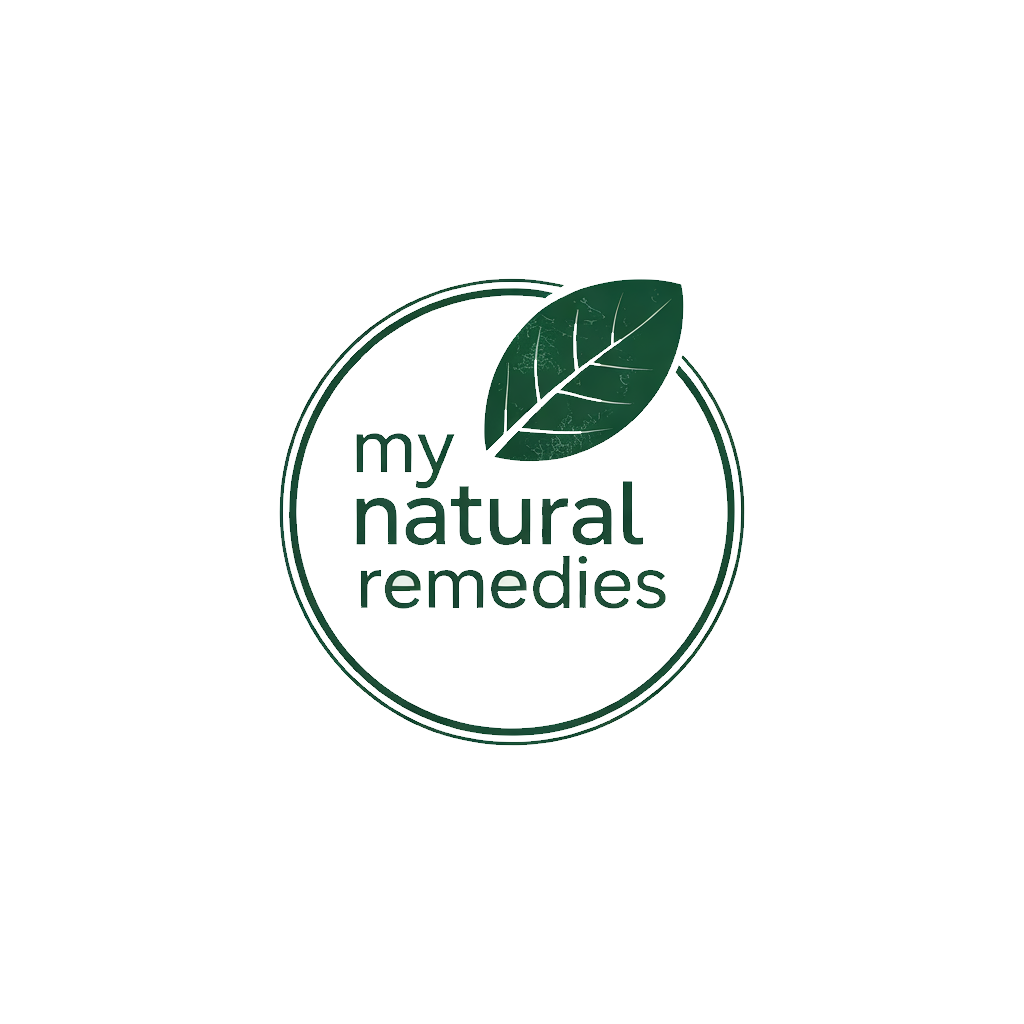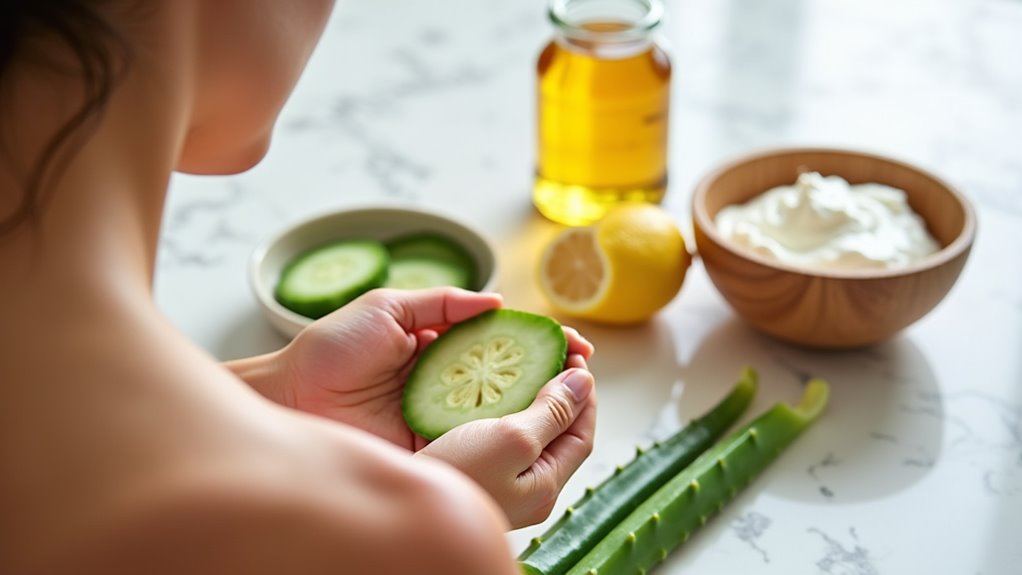Teething Troubles. 5 Natural Remedies Every Parent Should Know!
You can ease your baby’s teething discomfort with these proven natural remedies. Try cooling a clean washcloth in the refrigerator for gentle gum relief, or offer chilled teething rings for immediate comfort. Chamomile tea applications and gentle gum massages can reduce inflammation, while mesh feeders filled with frozen fruit provide safe, soothing relief. From kitchen solutions to herbal remedies, discover more ways to help your little one through this challenging milestone.
Understanding the Signs and Symptoms of Teething
Teething discomfort affects most babies between 4 and 24 months of age. As your little one’s teeth begin breaking through the gums, you’ll notice several telltale signs that signal it’s time to consider teething baby remedies. Your child may become irritable, drool more than usual, and try to chew on everything within reach.
Watch for redness or swelling around the gums where teeth are emerging. You’ll likely notice your baby rubbing their cheeks or pulling their ears, which can indicate teething pain. Many babies experience disrupted sleep patterns and may refuse to eat due to sore gums.
Some might develop a mild temperature, though high fevers aren’t typically related to teething. You’re not alone if your baby develops a temporary rash around their mouth from excessive drooling.
Cold Therapy: Nature’s Pain Relief for Sore Gums
When your baby’s gums are sore and inflamed, cold therapy offers one of the safest and most effective natural remedies. Like many parents before you, you’ll find that cooling helps numb the discomfort while reducing inflammation naturally.
You can easily implement cold therapy at home using these proven methods:
- Chilled teething rings from the refrigerator (never the freezer)
- Clean, wet washcloth that’s been cooled in the fridge
- Cold spoon that’s been refrigerated for 15-20 minutes
- Chilled cucumber sticks (for babies over 6 months)
- Mesh feeder filled with frozen breast milk or fruit
Remember to always supervise your little one during cold therapy sessions and never leave them alone with any teething items.
While these methods work well for most babies, you’ll need to observe which option your child prefers. Cold therapy typically provides relief for 15-20 minutes, so you can repeat the process throughout the day as needed.
Healing Herbs and Natural Plant-Based Solutions
Many parents seeking natural alternatives to conventional teething remedies have discovered the soothing power of herbs and plant-based solutions.
You’ll find that chamomile tea, when cooled and applied with a clean cloth, can calm irritated gums while reducing inflammation. Clove oil, a time-tested remedy, contains natural numbing properties that help ease your baby’s discomfort.
You can also try fresh ginger root, gently rubbed on your little one’s gums, which offers both anti-inflammatory benefits and mild pain relief.
Another trusted option is organic marshmallow root, which creates a protective coating while delivering natural pain-relieving compounds. For a simple solution, steep calendula flowers in warm water, let cool, then apply the liquid to your baby’s gums with a soft cloth.
Remember to always dilute essential oils properly and consult your pediatrician before trying any new herbal remedies, especially for infants under six months.
Gentle Massage Techniques for Teething Babies
Along with natural remedies, gentle gum massage offers immediate comfort for your fussy teething baby. Massaging helps reduce inflammation and provides a soothing sensation that can calm your little one during this challenging phase.
To give your baby a safe and effective gum massage, wash your hands thoroughly and position them comfortably in your lap. Use your clean finger or a soft silicone finger brush to apply gentle pressure using these proven techniques:
- Circular motions on the swollen areas for 1-2 minutes at a time
- Light pressure along the gumline where teeth are emerging
- Gentle rubbing of the front and back gum areas
- Slow, steady strokes from back to front
- Brief tapping movements with fingertip pads
Remember to watch your baby’s reactions and adjust the pressure accordingly.
Many parents find that combining massage with teething toys or cold washcloths creates the most effective relief for their little ones.
Safe Household Remedies From Your Kitchen
Parents seeking natural teething relief can find several safe options right in their kitchen cabinets. Many experienced moms and dads swear by frozen fruits like strawberries or banana chunks secured in a mesh feeder. You’ll find these feeders help prevent choking while allowing your baby to gnaw safely on the cold fruit.
Your refrigerator can be a treasure trove of teething solutions. Try chilling a clean, damp washcloth for 30 minutes – it’s perfect for sore gums. You can also offer cold cucumber slices (supervised) or frozen bagels for older teething tots.
If you’re making homemade popsicles, consider creating them with chamomile tea, which naturally soothes irritation.
Remember to avoid honey for babies under one year old, and always choose large pieces of food that can’t break off. You’ll want to stay nearby while your little one explores these kitchen-based remedies, ensuring both comfort and safety during this challenging phase.
Frequently Asked Questions
At What Age Should I Consult a Dentist About Delayed Teething?
You should consult your dentist if your baby hasn’t shown any signs of teething by 12 months. While timing varies, most babies have their first tooth between 4-7 months old.
Can Teething Cause Ear Infections in Babies?
While teething itself doesn’t cause ear infections, you’ll notice they often occur together because both share similar symptoms and affect the same area of your baby’s developing head.
How Long Does Each Tooth Typically Take to Completely Break Through?
You’ll notice each tooth typically takes about 1-2 weeks to fully emerge through your baby’s gums, though it’s normal for some to take longer or shorter periods.
Should I Continue Breastfeeding When My Baby Is Teething?
You should definitely continue breastfeeding while your baby’s teething. It’s actually soothing for your little one, and the antibodies in breast milk help protect their sensitive gums during this time.
Are Amber Teething Necklaces Safe and Effective for Pain Relief?
You’ll want to avoid amber teething necklaces, as they’re not proven effective and pose a serious choking and strangulation risk. Many pediatricians recommend safer alternatives for your little one’s comfort.





